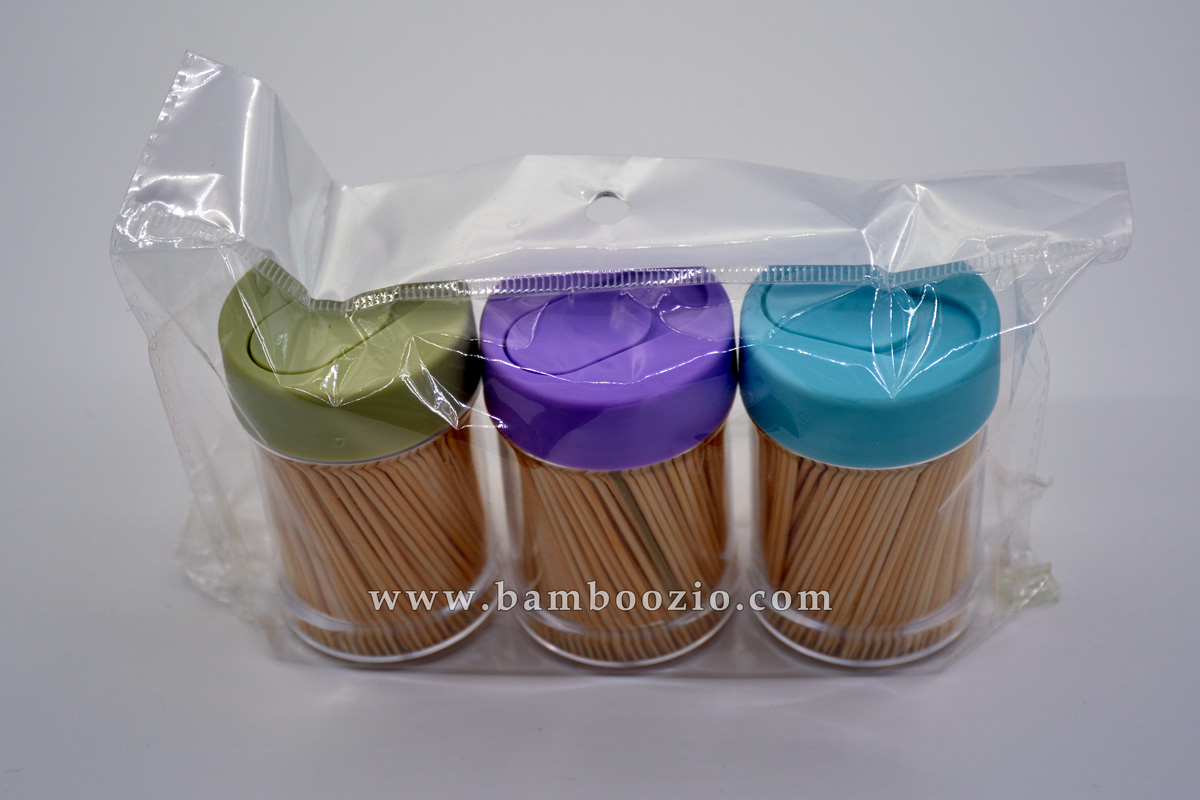
An ideal toothpick should have appropriate hardness and flexibility to ensure that it can effectively remove food residues in the gaps between teeth without causing damage to gums and teeth. The following is a detailed analysis of the hardness and flexibility of toothpicks:
Hardness
The hardness of the toothpick needs to be sufficient to easily enter the gaps between teeth and remove residual food. Too soft toothpicks may not be able to accomplish this task, while too hard toothpicks may damage gums or teeth.
Ordinary toothpicks are usually made of wood and bamboo, and their hardness can reach 22HB, which can better meet the needs of daily cleaning of the gaps between teeth. Carbonized bamboo toothpicks are treated with high temperature and high pressure to form a hard layer of carbonized particles on the surface, which further enhances its hardness and makes it more suitable for removing difficult-to-remove food residues.
Flexibility
In addition to hardness, toothpicks also need to have a certain degree of flexibility. Toothpicks with good flexibility can conform to the shape of the gaps between teeth, enter the gaps between teeth more easily, and reduce friction and damage to the gums when removing food residues.
In addition to the increased hardness, the carbonized bamboo toothpick also retains the unique flexibility of bamboo, allowing it to be bent at will without breaking. This flexibility makes the carbonized bamboo toothpick more flexible and convenient to use, and can better adapt to the shape of the gap between teeth and reduce damage to the gums.
Comprehensive consideration
The ideal toothpick should have both appropriate hardness and flexibility. The hardness ensures that the toothpick can effectively remove food residues in the gap between teeth, while the flexibility can reduce damage to gums and teeth. In addition, the material of the toothpick should also ensure safety, durability and environmental protection.

